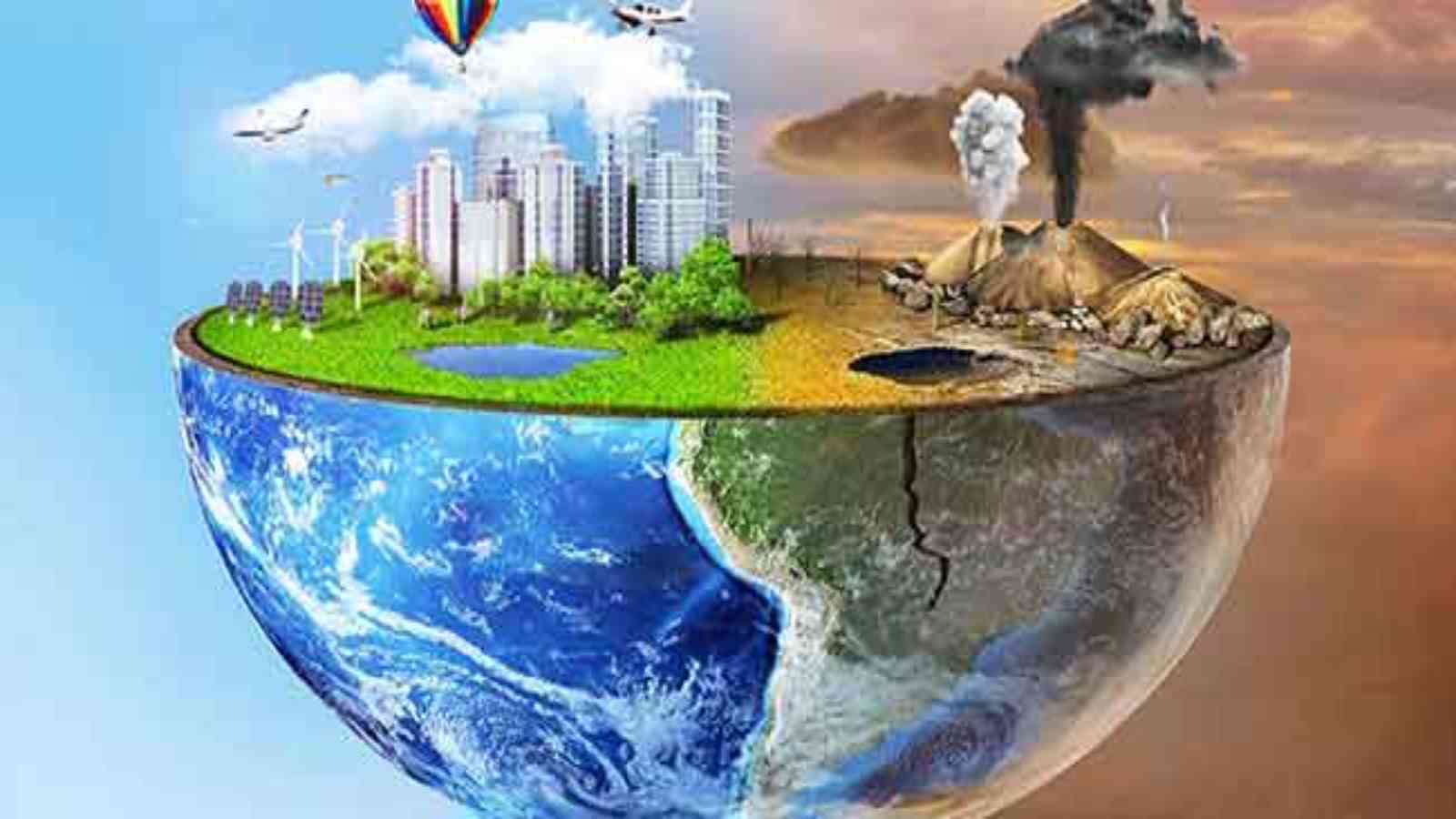Difference Between Air and Water Pollution: Pollution can refer to both air and water pollution. Air pollution comes from the release of harmful gases into the atmosphere, while water pollution comes from the discharge of pollutants into bodies of water.
What is Air Pollution?
Air pollution is the harmful and unhealthy gases, particles and vibrations that are created by humans.
The most common sources of air pollution are motor vehicles, industry, and natural sources like wildfires.
Air pollution can cause serious health problems, including heart disease, asthma and cancer.
It can also cause respiratory problems in people of all ages, especially children.
There are many ways to reduce air pollution, including improving energy efficiency, using alternative transportation, and reducing emissions from factories and vehicles.
Difference Between Antigen and Antibody
Sources of Air Pollution
Air pollution comes from a variety of sources, including automobiles, factories, power plants, and natural sources like wildfires.
The main source of air pollution in the United States is from transportation. More than half of all air pollutants come from vehicles. The emissions from these vehicles can be particulate (a small piece of matter), nitrogen dioxide (NO2), carbon monoxide (CO), or oxides of nitrogen (NOx).
Some other important sources of air pollution include:
-FACTORY OUTPUTS: Manufacturing processes produce a variety of pollutants, including sulfur dioxide, nitrogen oxides, volatile organic compounds (VOCs), and heavy metals.
-WIND ENERGY: Winds can carry sand and other materials that can add to air pollution levels.
-POWER PLANT SOURCE: Polluting particles created by burning coal or oil can travel great distances and create problems downwind.
-NATURAL DISASTERS: Forest fires, volcanoes, and mudslides can release large amounts of smoke and dust that can contribute to air pollution.
Health Risks Associated with Air Pollution
Air pollution is a major public health concern in the United States. The Environmental Protection Agency (EPA) has classified air pollution as a “public health threat” because it can cause a wide range of serious health problems, including lung cancer, heart disease, and asthma.
Air pollution comes from a variety of sources, including cars, trucks, factories, power plants, and the burning of wood and other fuels.
The main sources of air pollution in the United States are transportation emissions, industrial emissions, and residential emissions.
In 2013, transportation emissions contributed to about 41% of total U.S. air pollution levels. Industrial emissions accounted for 27% of the total, and residential emissions made up 22%.
The types of air pollutants that contribute to health risks vary depending on the pollutant and the location. Some examples of air pollutants that can cause health problems include ozone (O3), nitrogen dioxide (NO2), particulates (PM2.5 and PM10), carbon monoxide (CO), and lead.
Air pollution can also increase your risk of other diseases such as heart disease and stroke.
Difference Between Antigen and Pathogen
Solutions to Reduce Air Pollution
Pollution is a major concern in today’s society. Air pollution, in particular, is a problem that’s often difficult to control. It can come from a wide variety of sources, including cars, factories, and power plants.
There are many ways to reduce air pollution. You can try to reduce the number of cars on the road, install filters on your stove and refrigerator, or power down when you aren’t using equipment. Some communities have created their own clean energy sources, such as solar and wind power.
Whatever you do, make sure to work together to find solutions to air pollution. In the long run, it will be worth it!
Conclusion
Pollution is something that we all have to face at some point in our lives. It can come from a variety of sources, such as air and water pollution. Air pollution is the release of harmful gases into the atmosphere, which can cause respiratory problems for people who breathe in high levels of it. Water pollution occurs when contaminants such as pesticides and heavy metals are released into waterways or estuaries, where they can harm marine life and contaminate drinking water supplies. Each type of pollution has its own set of consequences, which you should be aware of if you want to help reduce or prevent it.




